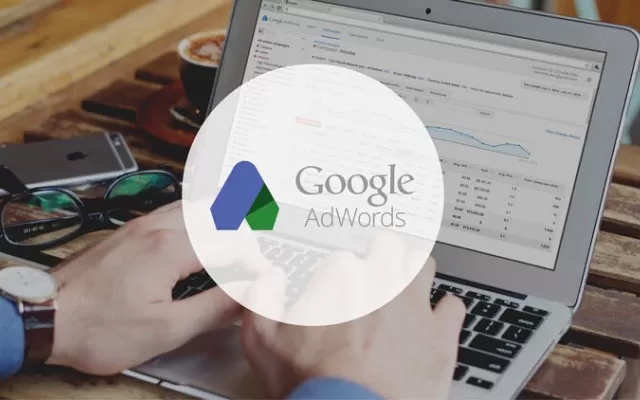Display (GDN) Ad Network, also known as Google display Network ads (GDN); It is an advertising model that allows your ads to be published on Google’s contracted web pages based on visual content. Mostly, it is a display or rich media ad that can be shown when users go online, watch a video, check their Gmail or use various applications. Such ads are usually displayed on websites that are not owned by Google (except YouTube) but are part of the Google Network.
Why is the Display (GDN) Ad Network Model Important?
Display Ads are shown to users who are interested in your content, while also visiting the website related to your products; retargeting your past customers or users who have visited your site. This ad model has a high conversion rate compared to Google’s other ad models, and it is an ad model where you can capture the most potential customers. Google Display (GDN) Ad Network is very useful for businesses that want to increase brand awareness. With the help of this special type of advertising, businesses will increase their current or potential sales by promoting them.
How to Target Users for Display Network Model?
Remarketing Targeting, where you can further customize the way we deliver our ads to the prospect by making various campaign setups and using ad fictions. The targeting option settings allow you to place the message you want to deliver in front of the target audience. In addition, thanks to the settings in the targeting options, you can also publish your ads to your existing customers with remarketing method and increase your conversion rate more narrowly.
Automatic targeting is also used for Display (GDN) Ad Network. With this option, Google can discover the best approach for your site and which methods work for your site.
What are the Benefits of Display (GDN) Ad Network?
- In the Display (GDN) Ad Network Model, you have the opportunity to address your target audience on every platform on the Internet. Within these platforms; We can specify different platforms such as websites, mobile applications, Gmail, Youtube.
- While other ad models target users who enter Google and search, the Display (GDN) Ad Network model will allow you to show your ads to users interested in your products before your target audience even searches.
- Through the Google Ads panel, you will be able to make measurements of your work; you will be able to clearly see how much cost and benefit it brings to your website through which sites. On this model, you will be able to reach the right target audience more easily and efficiently thanks to the automatic targeting mentioned above.
What are the Types of Display (GDN) Ad Networks?
- Text Ads: The text ads displayed are identical to the search network’s advertising model. Types of advertisements consisting of a headline and a text are called text advertisements. Text ads provide advertisers with the ability to create a series of ads for the text that gets the most clicks.
- Display Ads: A type of ad that contains a static image that will fill the entire ad banner on the website where it is published or displayed. In this section you can easily customize all backgrounds and colors of your ad image.
- Rich media Ads: A type of ad that includes interactive elements, animation and other features that vary depending on how internet users interact with the ad.
- Video Ads: With the inclusion of YouTube in the Display Network (GDN) model, video ads have become more popular. With Google Ads Display Advertising, you can place your ads next to your Youtube ads.
Conclusion
You can expect image or rich media ads to have about twice the click-through rate of text ads, but don’t forget the risk of being shown less. If you don’t have the resources to create a Display Network, you can use Google’s Display Network Builder, but be sure to include a call to action in each of your ads. In other words, with the help of “Call to Action” (CTA) buttons, we recommend that you add a CTA button designed in line with your brand message or advertisement.

